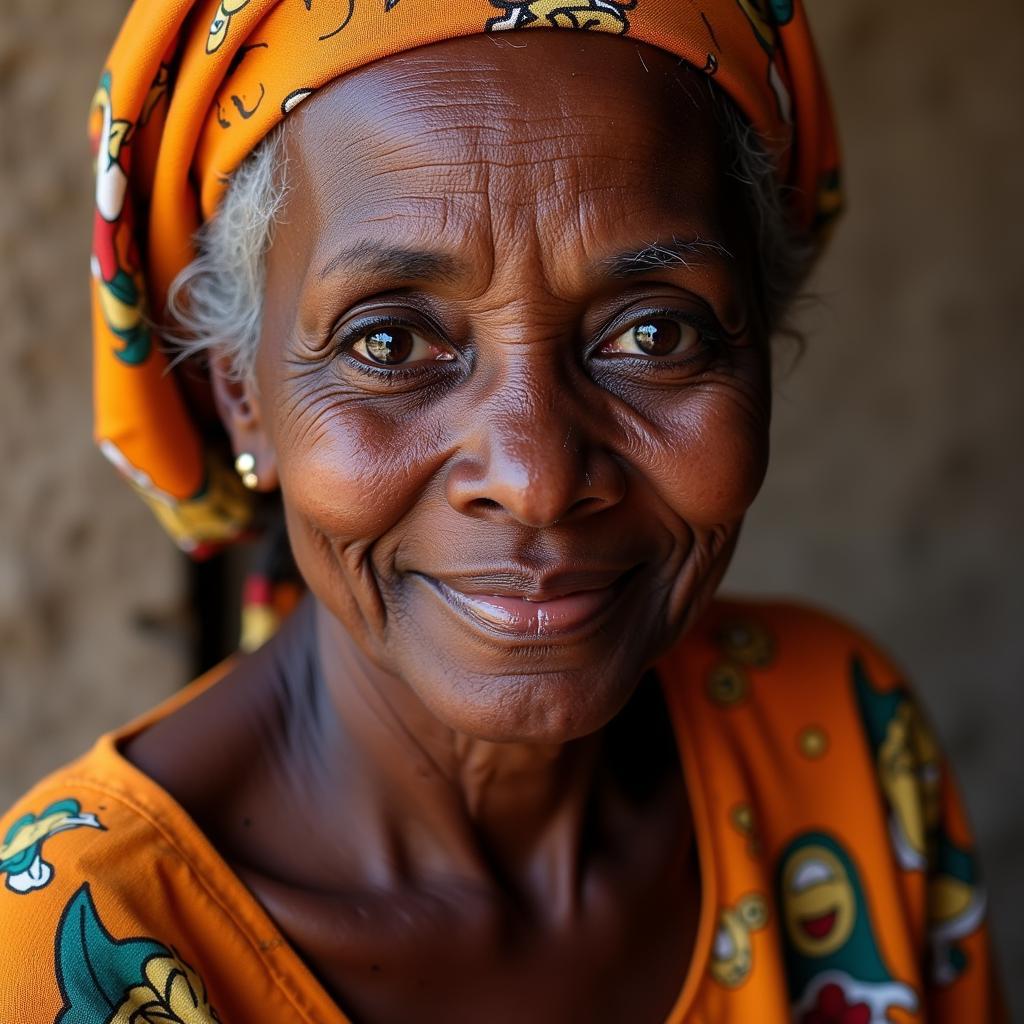African Landrace Strains: A Deep Dive into the History and Importance of Indigenous Seeds
African Landrace Strains are a vital part of the continent’s agricultural heritage, representing thousands of years of careful selection and adaptation to diverse environments. These unique varieties of crops, often passed down through generations, possess remarkable resilience, flavor, and nutritional qualities that have sustained communities for centuries.
This article will delve into the fascinating world of African landrace strains, exploring their history, importance, and the growing efforts to conserve and revitalize them. We’ll also examine their unique characteristics and the benefits they offer to farmers, consumers, and the environment.
A Legacy of Resilience: Understanding African Landrace Strains
What are African Landrace Strains?
African landrace strains are varieties of crops that have evolved naturally over generations, adapting to specific local conditions and the needs of the communities that cultivate them. These indigenous seeds are not the result of modern genetic engineering but rather the culmination of traditional knowledge and careful selection by farmers throughout centuries.
The Importance of Indigenous Seeds:
- Resilience: African landrace strains are remarkably resilient, exhibiting high levels of tolerance to drought, pests, diseases, and harsh weather conditions. This resilience is essential for food security, especially in regions facing climate change and resource scarcity.
- Flavor and Nutrition: Landrace varieties often boast superior flavors and nutrient profiles compared to their commercially available counterparts. They contain a wider range of vitamins, minerals, and antioxidants, contributing to healthier diets and improved well-being.
- Biodiversity: Landrace strains represent a rich tapestry of genetic diversity, crucial for safeguarding against future challenges. Each variety holds unique genetic traits that can be utilized for crop improvement and breeding programs.
- Cultural Heritage: African landrace strains are deeply intertwined with the cultural heritage of the continent. They represent the ingenuity, knowledge, and resilience of generations of farmers who have nurtured and preserved these invaluable resources.
The Threats Facing African Landrace Strains:
Despite their remarkable benefits, African landrace strains are facing increasing threats:
- Introduction of Modern Varieties: The widespread adoption of high-yielding but often less resilient commercial varieties has led to the displacement of landrace strains, threatening biodiversity and traditional farming practices.
- Climate Change: Climate change is impacting agricultural conditions, putting increased pressure on landrace strains and their ability to adapt.
- Lack of Recognition and Support: In many cases, the vital role of landrace strains is not fully appreciated, leading to a lack of funding and resources for conservation and research.
Reclaiming the Future: The Importance of Conservation and Revitalization
Preserving Traditional Knowledge:
The survival of African landrace strains relies heavily on the preservation of traditional knowledge and practices. This involves:
- Documenting Local Practices: Recording and sharing the traditional knowledge of farmers regarding seed selection, cultivation, and preservation techniques.
- Empowering Farmers: Providing support and training to farmers to maintain and propagate landrace strains.
- Building Partnerships: Collaborating with research institutions, NGOs, and local communities to ensure the sustainable use and conservation of these invaluable resources.
The Role of Community Seed Banks:
Community seed banks play a crucial role in preserving and distributing African landrace strains. They act as repositories of genetic diversity and empower farmers to maintain control over their seed resources.
Professor Kizza Besigye, a prominent agricultural researcher in Uganda, highlights the crucial role of community seed banks:
“Community seed banks are the cornerstones of food security and biodiversity in Africa. They empower farmers to preserve their traditional knowledge and to protect the invaluable genetic resources that sustain their communities.”
Revitalizing Landrace Strains:
Efforts are underway to revitalize African landrace strains and explore their potential in modern agriculture. This involves:
- Breeding Programs: Utilizing the genetic diversity of landrace strains in breeding programs to develop new varieties with improved resilience, yield, and nutritional content.
- Developing Markets for Landrace Products: Promoting the use of landrace products in local markets and encouraging consumers to appreciate their unique qualities.
The Benefits of African Landrace Strains: A Paradigm Shift in Agriculture
Sustainable Agriculture:
African landrace strains offer a path towards more sustainable agricultural practices. Their inherent resilience reduces the need for chemical inputs and promotes ecological balance.
Improved Nutrition:
The nutritional value of landrace varieties can contribute to addressing malnutrition and promoting healthier diets.
Economic Empowerment:
The use and promotion of landrace strains can create new economic opportunities for farmers and local communities, supporting livelihoods and contributing to rural development.
**The future of African agriculture lies in a balanced approach that embraces both traditional wisdom and modern innovation. African landrace strains offer a compelling solution, not only for sustainable agriculture but also for the preservation of a rich cultural heritage.
By supporting efforts to conserve and revitalize these indigenous seeds, we can ensure a future where African agriculture thrives, providing food security, nutritional well-being, and economic prosperity for generations to come.
Frequently Asked Questions
Q: What are the key characteristics of African landrace strains?
A: African landrace strains are known for their adaptability to diverse environments, resilience to pests and diseases, and unique flavors and nutritional content.
Q: How can I contribute to the preservation of African landrace strains?
A: You can support local community seed banks, educate yourself about the importance of these seeds, and choose to consume and promote landrace products whenever possible.
Q: Are there any organizations working to conserve and revitalize African landrace strains?
A: Yes, numerous organizations, including NGOs, research institutions, and farmer-led initiatives, are actively involved in these efforts. You can find more information about these organizations online.
Q: How can I find and buy African landrace seeds?
A: Local farmers’ markets, community seed banks, and online seed retailers specializing in heirloom varieties are excellent sources for acquiring African landrace seeds.
Q: What are some examples of African landrace strains?
A: Common examples include Sorghum varieties in Ethiopia, Rice varieties in Senegal, and Maize varieties in Kenya.



